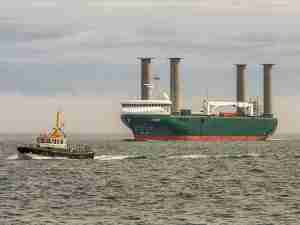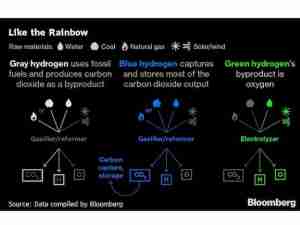The oil market hasn’t yet priced in the impact of European Union sanctions aimed at Russian supplies, which adds impetus to a US plan to cap the price of the country’s exports to avoid a price spike, according to a US Treasury Department official.
The US is aiming to get an international agreement on a Russian oil price cap to go into effect the same time as EU actions in December, or possibly even earlier, said the official, who asked not to be identified because the discussions aren’t public.
Treasury Secretary Janet Yellen has proposed a price cap on Russian oil to limit cash flows to President Vladimir Putin’s war effort against Ukraine. Yellen argued that the cap would deprive Putin of much-needed revenue while keeping prices subdued as EU sanctions take hold.
The EU plan, meanwhile, focuses on the insurance companies that indemnify tankers that carry oil from Russia, one of the world’s top exporters and key supplier to Europe. That effort is aimed at cutting revenue to Putin by restricting the flow of the country’s oil to the market.
Enforcing the price cap would only affect about a “few dozen” tankers per week of Russian oil, said the official, who didn’t provide a specific figure.
Brent crude, the global benchmark, has eased back after climbing near a record $140 following Russia’s invasion of Ukraine. Prices are still up more than 30% this year, closing Thursday at $103.86 a barrel.
Brent’s so-called forward curve, which shows at what price oil for future months is trading and is a key indicator of market sentiment, is in a formation called backwardation, when prices for immediate supplies are higher than for later deliveries. That typically indicates traders see the market being tighter now than in later months, when supply is expected to be more plentiful.
The Treasury Department has estimated that banning insurance for Russian seaborne supplies could take as much as 5 million barrels a day of crude and refined products off the market, pushing prices to about $140 a barrel.






_-_28de80_-_58820516bd428ab3fd376933932d068c43db9a4a_lqip.jpg)




